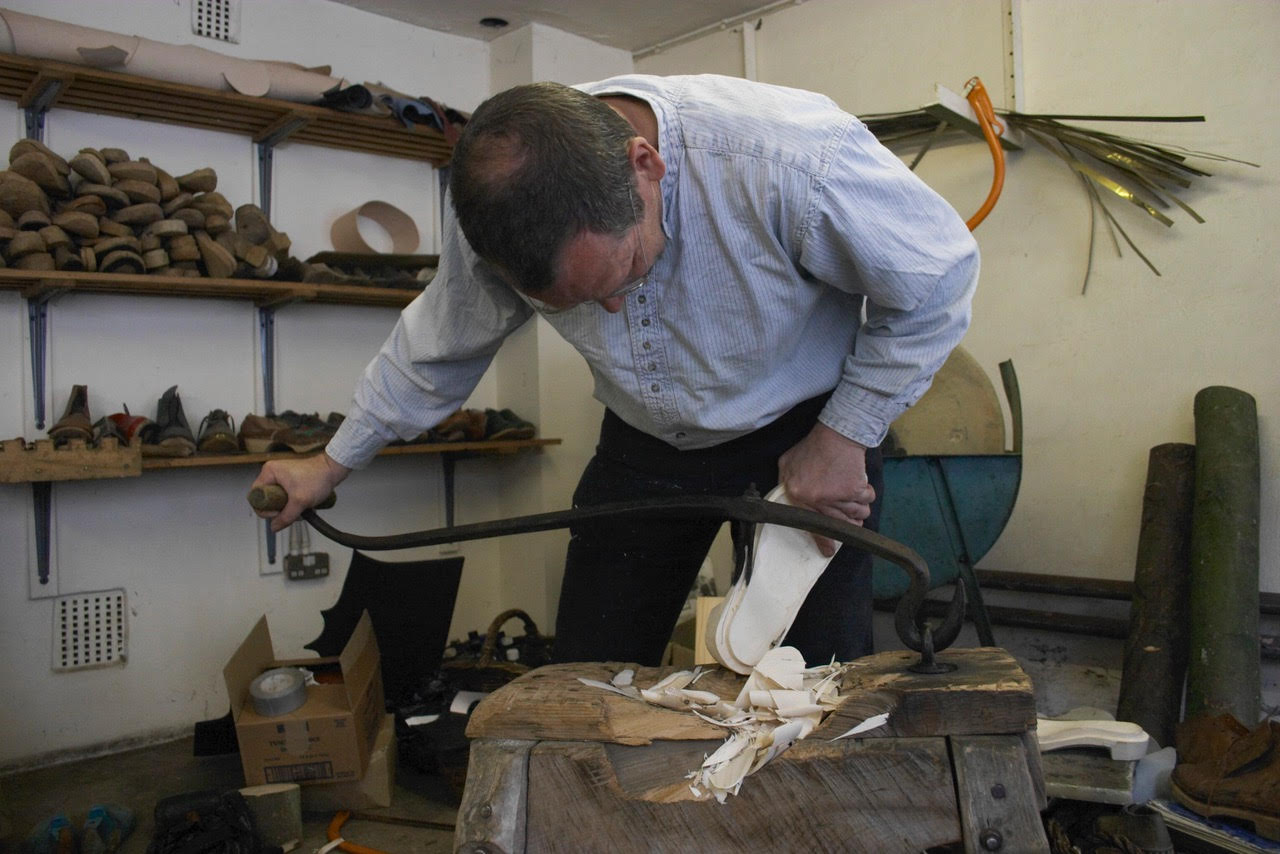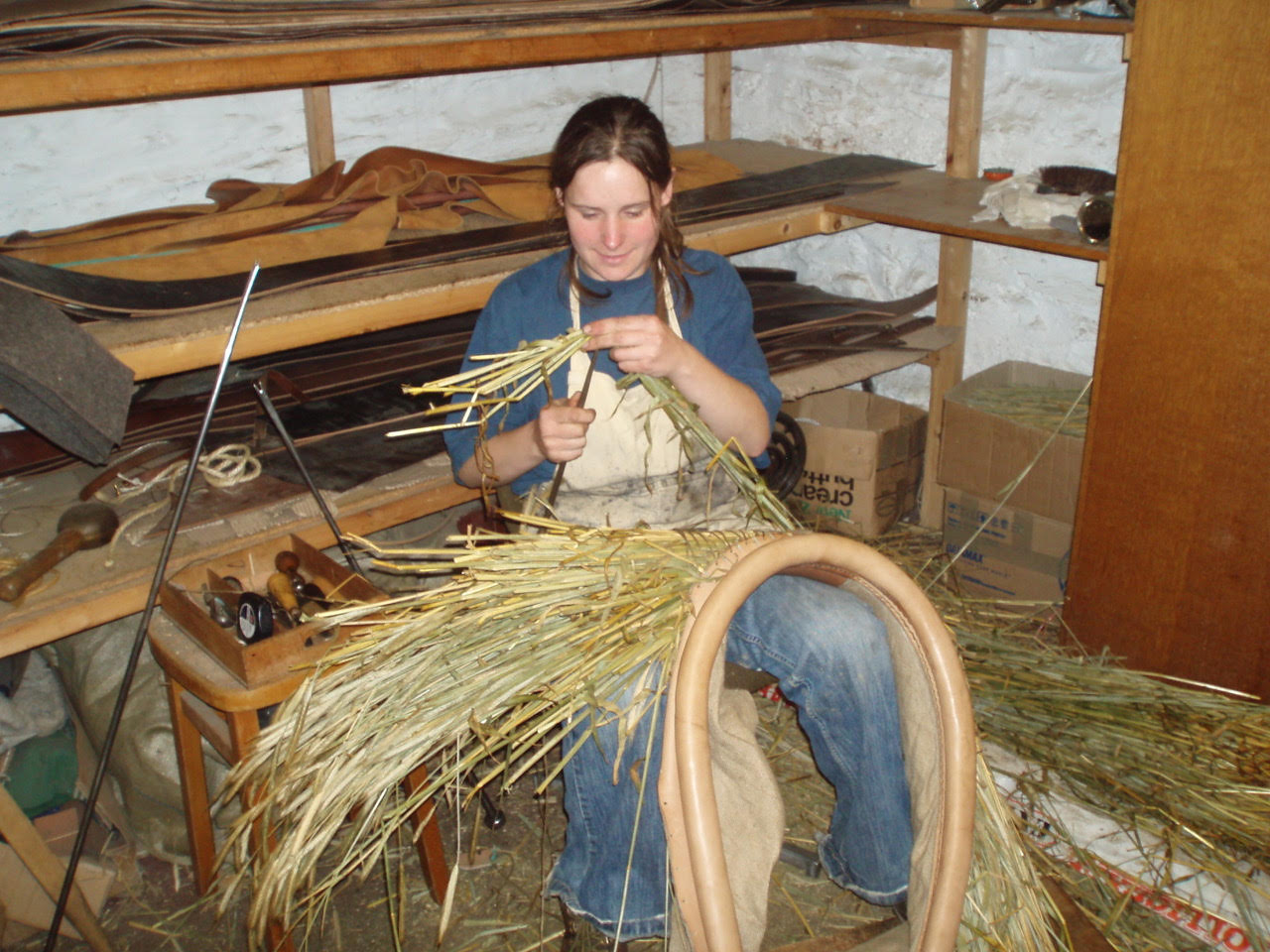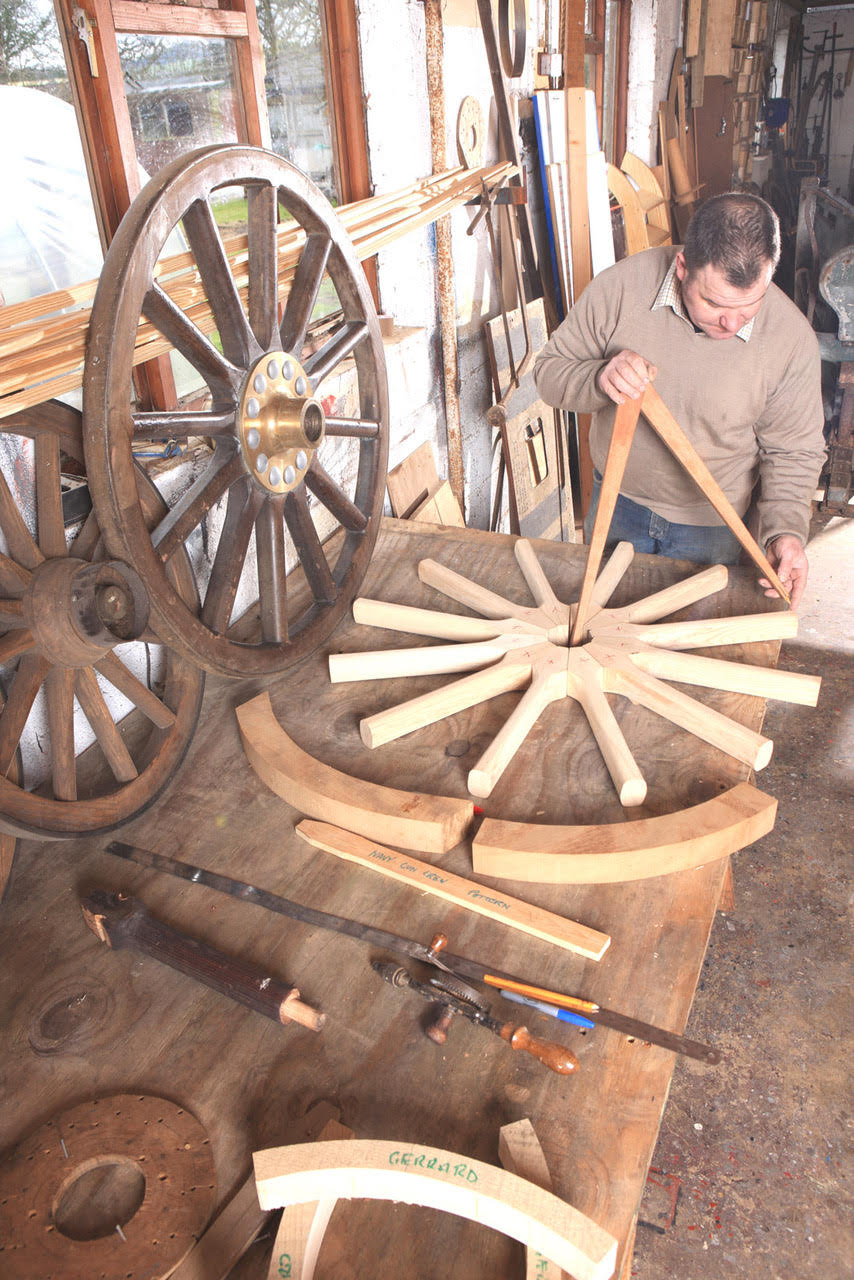Heritage Crafts at Risk

Written by Greta Bertram, Secretary of the Heritage Crafts Association and freelance consultant.
The Heritage Crafts Association (HCA) is a charity which supports and promotes heritage craft skills, knowledge and practices as a fundamental part of our living heritage. In the HCA we’ve long been aware of anecdotal evidence about crafts which have disappeared or are down to the ‘last of the line’ so in 2015, with funding from The Radcliffe Trust, we embarked on a major research project (and the first of its kind in the UK) to examine the current viability of every traditional craft taking place in the UK today and to identify those most at risk of disappearing. In doing so, we would be able to provide some solid evidence about the state of crafts, and generate some base-line data so that in the future we can tell whether the situation is getting worse or, hopefully, improving. This resulted in The HCA/Radcliffe Red List of Endangered Crafts, which was launched in May 2017.

We looked at 169 crafts, focussing on those with a significant reliance on hand-work and with high levels of hand skill, and which have been practised for two or more generations. After careful consideration of such factors as the number of skilled craftspeople and trainees, the average age of practitioners, how endangered craftspeople felt their craft to be, and the issues affecting the craft, we assigned each craft to one of four categories: extinct, critically endangered, endangered and currently viable (with an extra category of ‘data deficient’ for those where we didn’t have enough information to make a classification).
We found four crafts which have become extinct in the UK in the last ten years: cricket ball making, gold beating, lacrosse stick making, and sieve and riddle making. (While you can still buy cricket balls marked ‘Made in England’ these are in fact made in India and Pakistan and only finished in the UK.) We found seventeen crafts to be ‘critically endangered’, meaning they are at serious risk of disappearing. They include clog making, hat block making, saw making and swill basket making. These crafts have very few practitioners, generally spread across just one or two businesses, and usually with no trainees learning the skills. We identified a further 45 crafts as endangered – but found 93 as currently viable, although just because a craft is classified as ‘currently viable’ does not mean that it is risk-free.

The research also found that all crafts, and not just those identified as critically endangered, face a wide range of challenges. For some crafts it’s an ageing skilled workforce (where the youngest craftsperson may be in their 50s or 60s), a shortage of training opportunities or difficulties in recruiting trainees. For others it’s a fluctuating market, competition from overseas or the unwillingness of customers to pay that little bit more for handmade British items. Some crafts have problems with the supply of raw materials and tools – wheelwrights, who use oak, ash and elm to make a wheel are severely affected by the various timber diseases. Others point out that people just don’t know they still exist. And for yet more it’s the myriad obstacles that have to be overcome if you’re self-employed (which almost 80% of heritage craftspeople are) or running a microbusiness.
But it’s not all doom and gloom – there were some success stories too. Clog making is quite unusual amongst the critically endangered crafts in that there’s actually an apprentice learning the skills. JoJo Wood, a world-renowned spoon carver, is learning to make clogs with hand-carved soles under the tutelage of Jeremy Atkinson in Herefordshire:
And the Worshipful Company of Wheelwrights has given serious thought to the future of its craft. Most wheelwrights in the UK either work alone or with one or two other people, which makes it really difficult for someone to take time out of their work to train an apprentice without detriment to their business. But with funding from various sources, two wheelwrights have just completed a three-year apprenticeship and the Worshipful Company is now planning for up to twenty apprentices over the next forty years. This number of apprenticeships is believed to be sustainable and will maintain the healthy position of the craft.

So what next for these endangered crafts – and for all crafts? Sadly, there isn’t a magic bullet cure-all solution. The Heritage Crafts Association is a very small charity with only one part-time member of staff, so our resources are extremely limited, but our intention is that the Red List becomes a powerful advocacy tool to argue for support (and funding) for heritage crafts from those who can make a difference, and for action to be taken to address the broader issues of the sector – particularly relating to training, recruitment and market issues.
Visit the Red List website to find out more about the research, download a copy of the report and read the recommendations.
Visit the HCA website to find out more about our work, become a member or make a donation.

One thought on “Heritage Crafts at Risk”